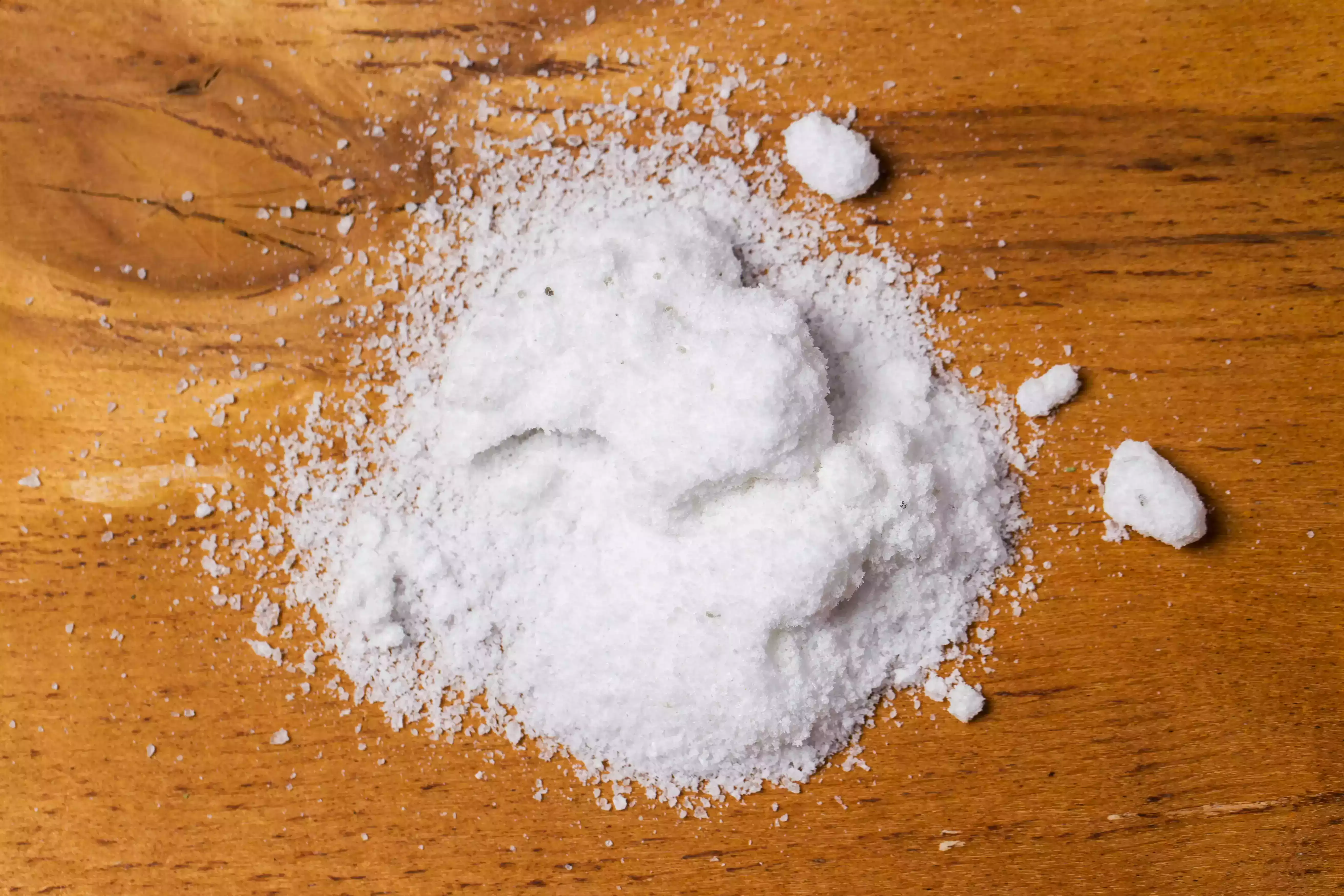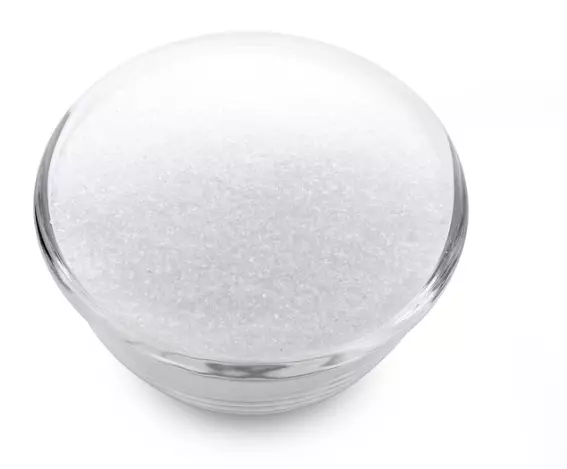Sodium Nitrite
|
IUPAC Name |
: Sodium Nitrite |
|
Cas Number |
: 7632-00-0 |
|
HS Code |
: 2834.10.00 |
|
Formula |
: NaNO2 |
Basic Info
|
Appearance Name |
: White or slightly yellowish crystalline powder |
|
Common Names |
: Nitrous Acid, Sodium Salt |
|
Packaging |
: 25 Kg Bag |

---india.webp)

---india.webp)

